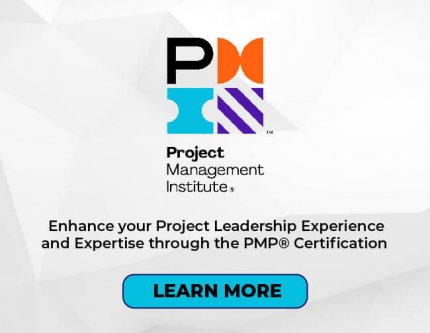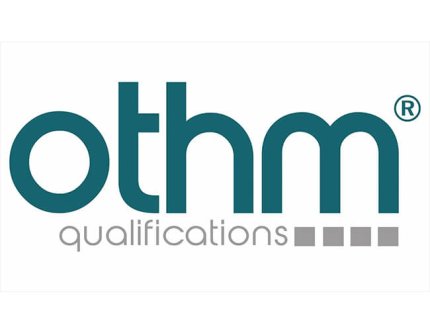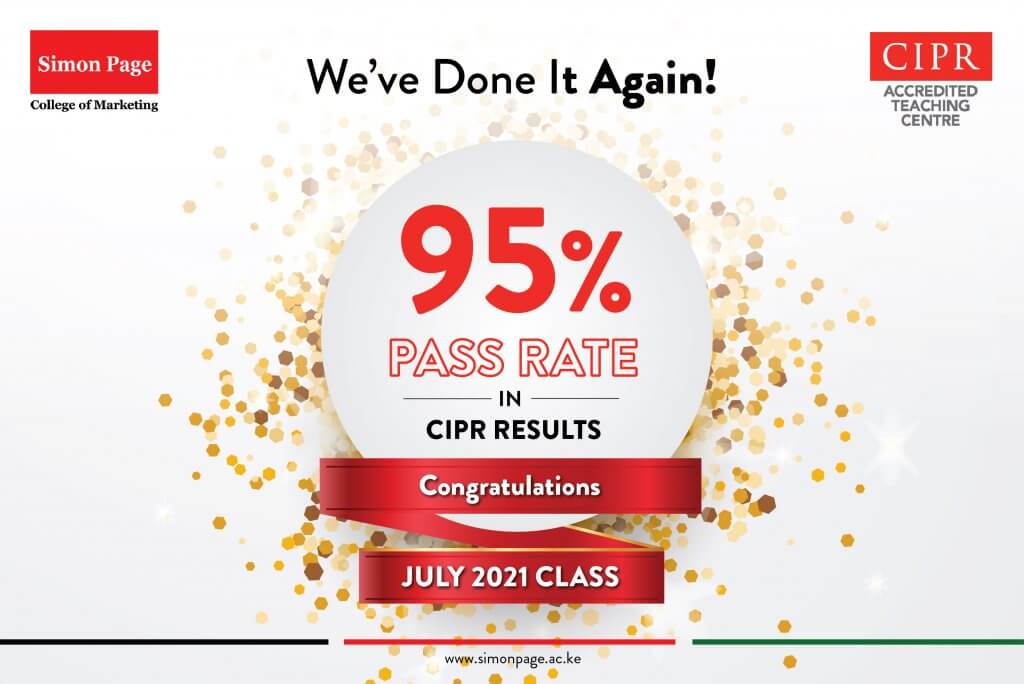
Why study with us?
We provide Certificate, Diploma and Postgraduate courses and training in Professional Marketing. We are fully accredited by the Chartered Institute of Marketing UK, the largest professional marketing body in the world.
Our programmes are flexible and delivered by marketing professionals.
Why study with us?
We provide Certificate, Diploma and Postgraduate courses and training in Professional Marketing. We are fully accredited by the Chartered Institute of Marketing UK, the largest professional marketing body in the world.
Our programmes are flexible and delivered by marketing professionals.
Our Programs
Best Programs We Offer
CIM
The Chartered Institute of Marketing (CIM) is the leading professional marketing body. CIM exists to develop the marketing profession, maintain professional standards and improve the skills of marketing practitioners, enabling them to deliver exceptional results for their organisations.
DMI
The Digital Marketing Institute sets the global standard in digital marketing and selling certification. DMI have certified more professionals to a single education standard than any other certification body.
PMP
The Project Management Professional (PMP)® is the world’s leading project management certification.
It supercharges careers for project leaders across industries and helps organizations find the people they need to work smarter and perform better.
OTHM-UK MBA
The objective of the OTHM Level 7 Diploma in Strategic Management and Leadership qualification is to develop strategic management and leadership skills for managers who have the authority and personal attributes to translate organisational strategy into effective operational performance.
CIM
The Chartered Institute of Marketing (CIM) is the leading professional marketing body. CIM exists to develop the marketing profession, maintain professional standards and improve the skills of marketing practitioners, enabling them to deliver exceptional results for their organisations.
DMI
The Digital Marketing Institute sets the global standard in digital marketing and selling certification. DMI have certified more professionals to a single education standard than any other certification body.
PMP
The Project Management Professional (PMP)® is the world’s leading project management certification.
It supercharges careers for project leaders across industries and helps organizations find the people they need to work smarter and perform better.
OTHM-UK MBA
The objective of the OTHM Level 7 Diploma in Strategic Management and Leadership qualification is to develop strategic management and leadership skills for managers who have the authority and personal attributes to translate organisational strategy into effective operational performance.
CIM
The Chartered Institute of Marketing (CIM) is the leading professional marketing body. CIM exists to develop the marketing profession, maintain professional standards and improve the skills of marketing practitioners, enabling them to deliver exceptional results for their organisations.
DMI
The Digital Marketing Institute sets the global standard in digital marketing and selling certification. DMI have certified more professionals to a single education standard than any other certification body.
PMP
The Project Management Professional (PMP)® is the world’s leading project management certification.
It supercharges careers for project leaders across industries and helps organizations find the people they need to work smarter and perform better.
OTHM-UK MBA
The objective of the OTHM Level 7 Diploma in Strategic Management and Leadership qualification is to develop strategic management and leadership skills for managers who have the authority and personal attributes to translate organisational strategy into effective operational performance.
What Simon Page College offers you

Global Recognition

Employee Loyalty

Flexible Courses

Support & Guidance
What our students are saying…


Testimonials
One of the best online classes I have ever taken. Tutors are very professional and go extra mile to ensure I was well assisted.
Ibrahim Bonzo
Vodacom Tanzania PLC
Simon Page College has provided me such a great experience through my whole studying period. Knowledge and helpful tutor gave me support from the first day until the examination/submission day. The journey was really incredible and everyone was collaborative and understanding.
Ahmed Alfaky
Senior Medical Rep. at Novartis, Sudan
What I find unique with Simon Page is the close-knit, supportive and nurturing community. With a favorable student-to-faculty ratio, the dedicated tutors make an effort to understand what matters most to you as student. They concentrate on mentoring and guiding you on your academic and career endeavors.
William Dekker
PR & Communication Specialist
They say marketing is inborn and that greater marketers are made. CIM gave me an opportunity to be nurtured into greatness through Simon Page College of Marketing.
Eliud Thuo
Business Development Executive - Pacis Insurance Co. Ltd
I had been looking for an institution that would provide me with diverse knowledge and an interactive environment to grow as a marketer. That is what I got at Simon Page.
Jackline Kagendo
Property Executive- Eastwood Consulting
For the time I have been at Simon Page College of Marketing, I have experienced nothing short of quality tutoring and support for my CIM units.
Kevin Kikwatha
Entrepreneur
One of the best online classes I have ever taken. Tutors are very professional and go extra mile to ensure I was well assisted.
Ibrahim Bonzo
Vodacom Tanzania PLC
Simon Page College has provided me such a great experience through my whole studying period. Knowledge and helpful tutor gave me support from the first day until the examination/submission day. The journey was really incredible and everyone was collaborative and understanding.
Ahmed Alfaky
Senior Medical Rep. at Novartis, Sudan
What I find unique with Simon Page is the close-knit, supportive and nurturing community. With a favorable student-to-faculty ratio, the dedicated tutors make an effort to understand what matters most to you as student. They concentrate on mentoring and guiding you on your academic and career endeavors.
William Dekker
PR & Communication Specialist
They say marketing is inborn and that greater marketers are made. CIM gave me an opportunity to be nurtured into greatness through Simon Page College of Marketing.
Eliud Thuo
Business Development Executive - Pacis Insurance Co. Ltd
I had been looking for an institution that would provide me with diverse knowledge and an interactive environment to grow as a marketer. That is what I got at Simon Page.
Jackline Kagendo
Property Executive- Eastwood Consulting
For the time I have been at Simon Page College of Marketing, I have experienced nothing short of quality tutoring and support for my CIM units.
Kevin Kikwatha
Entrepreneur
One of the best online classes I have ever taken. Tutors are very professional and go extra mile to ensure I was well assisted.
Ibrahim Bonzo
Vodacom Tanzania PLC
Simon Page College has provided me such a great experience through my whole studying period. Knowledge and helpful tutor gave me support from the first day until the examination/submission day. The journey was really incredible and everyone was collaborative and understanding.
Ahmed Alfaky
Senior Medical Rep. at Novartis, Sudan
What I find unique with Simon Page is the close-knit, supportive and nurturing community. With a favorable student-to-faculty ratio, the dedicated tutors make an effort to understand what matters most to you as student. They concentrate on mentoring and guiding you on your academic and career endeavors.
William Dekker
PR & Communication Specialist
They say marketing is inborn and that greater marketers are made. CIM gave me an opportunity to be nurtured into greatness through Simon Page College of Marketing.
Eliud Thuo
Business Development Executive - Pacis Insurance Co. Ltd
I had been looking for an institution that would provide me with diverse knowledge and an interactive environment to grow as a marketer. That is what I got at Simon Page.
Jackline Kagendo
Property Executive- Eastwood Consulting
For the time I have been at Simon Page College of Marketing, I have experienced nothing short of quality tutoring and support for my CIM units.
Kevin Kikwatha
Entrepreneur









